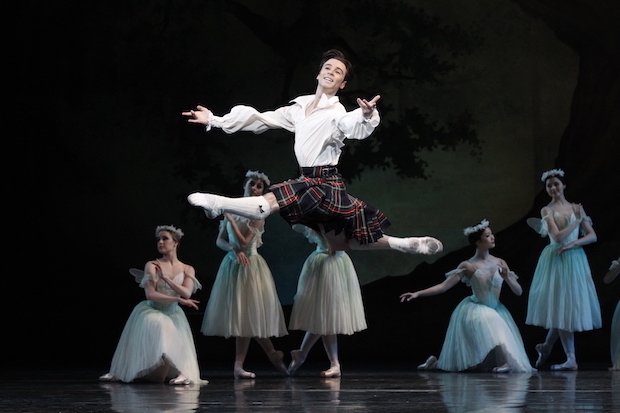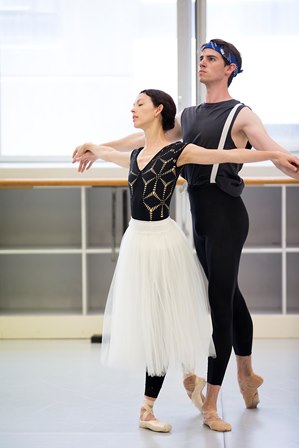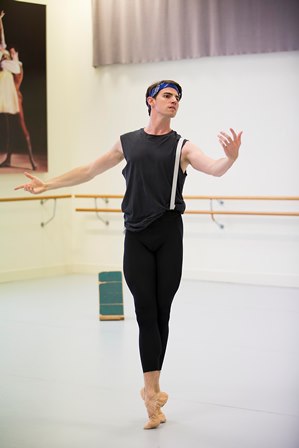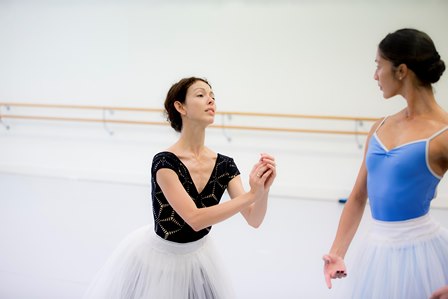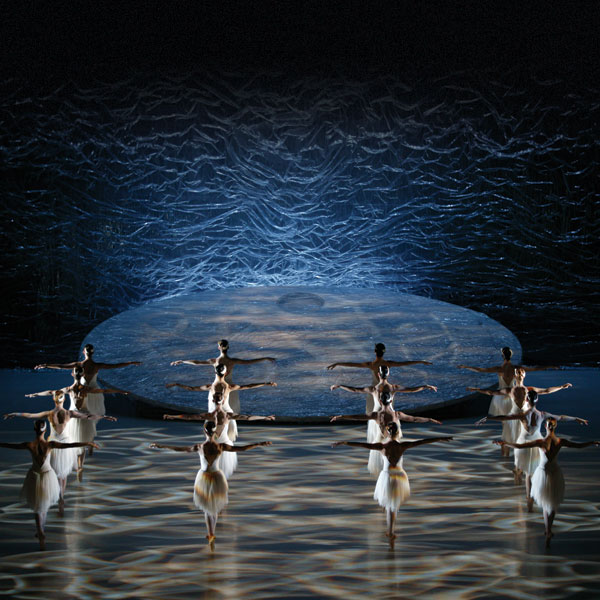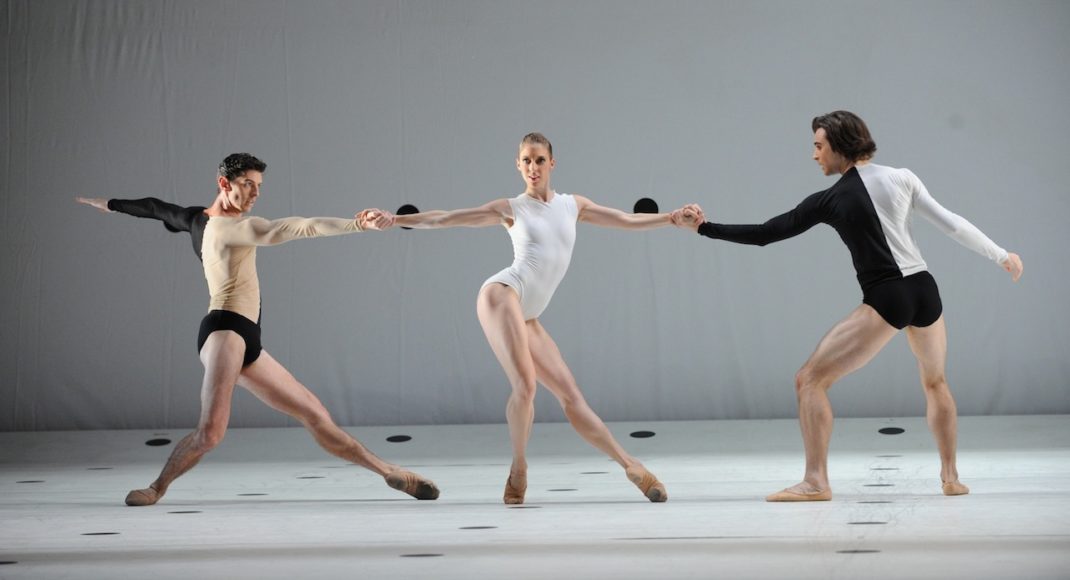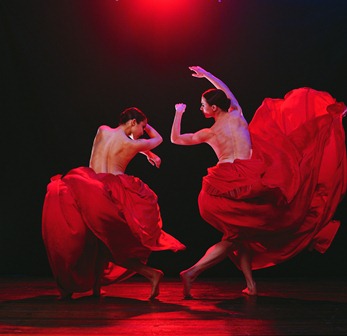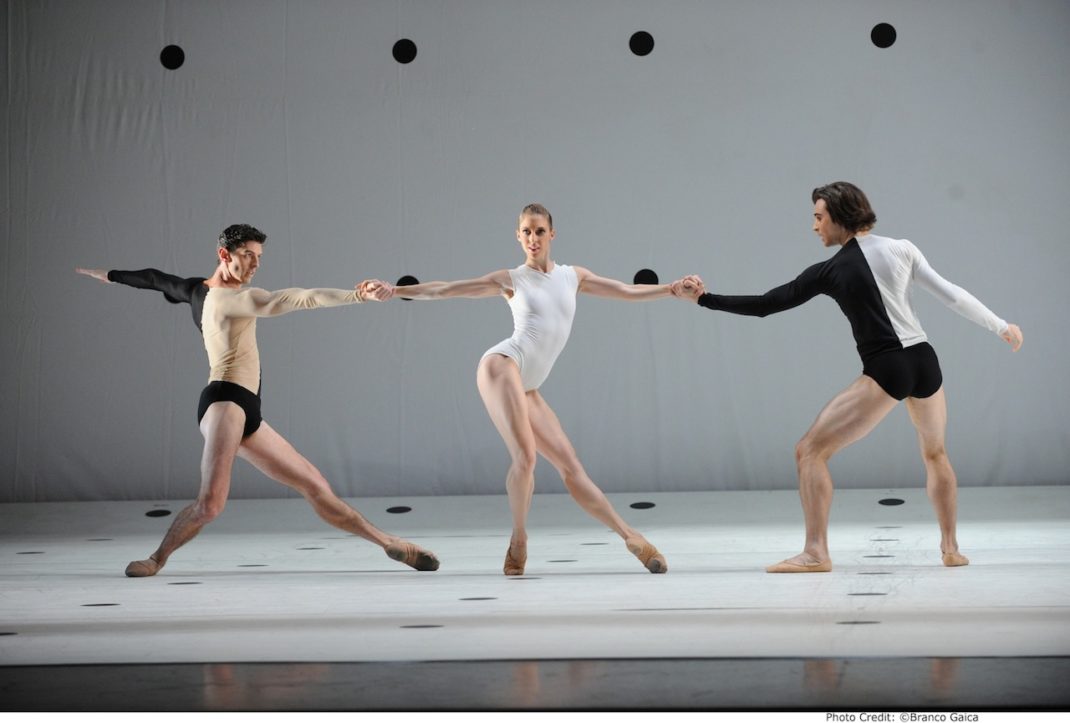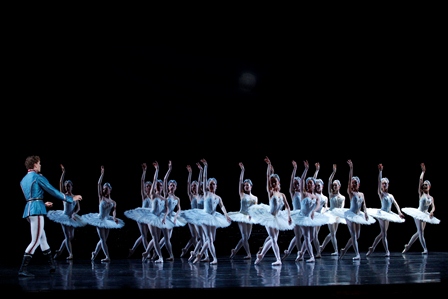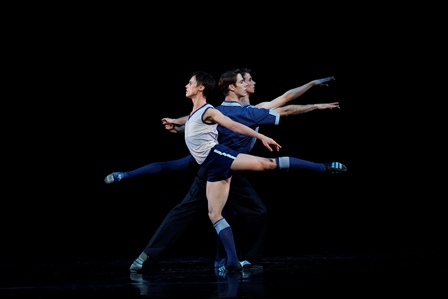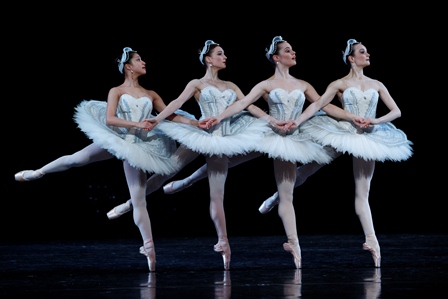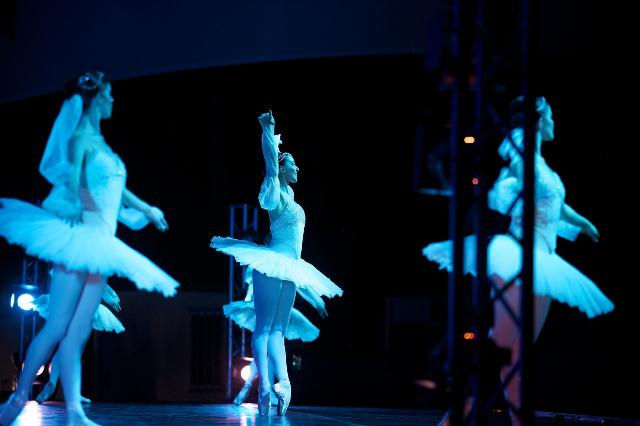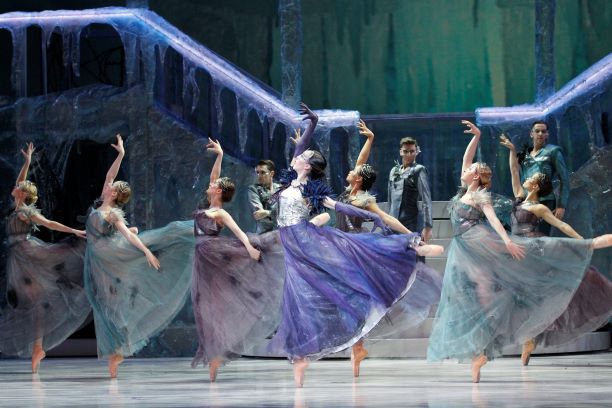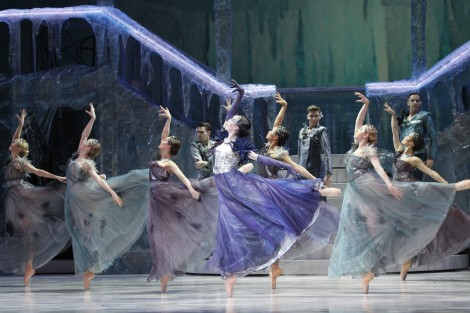I saw this program twice in 2013 and have to admit that, apart from outstanding performances by one or two dancers in each of the casts I saw, I was somewhat underwhelmed. But this screening by the Australian Ballet as part of its 2020 digital season left me absolutely thrilled.
The Paquita we see is really an excerpt from a full-length ballet of the same name that is rarely seen these days. Its choreography is by Marius Petipa and what we see in this excerpt is Petipa’s classicism. We see it in spades, especially in the way the dancers hold their bodies, erect and proud, with a straight spine as the central axis, and in the kinds of steps the dancers perform. In his introductory remarks to the streamed production, David McAllister calls it a ‘ballet ballet’. And so it is.
The cast is led by Lana Jones and Kevin Jackson. They show off their classical technique brilliantly. Jones. for example, has a series of fouetté turns in one solo and she launched straight into eight (or it could even have been nine) double turns in succession. Spectacular. The four soloists, Amy Harris, Juliet Burnett, Ako Kondo and Miwako Kubota, all danced with extraordinary skill. Standing out for me were Amy Harris with her perfectly controlled fouetté relevés, and Ako Kondo who made a thrilling entrance with a series of grands jetés and then proceeded to dazzle us with some exceptional turning steps, including some pretty much perfect double turns in attitude. Then I can’t forget the corps de ballet (which in fact included some of today’s principal artists such as Benedicte Bemet and Dimity Azoury). The corps danced with great style and each one of them looked as though she loved performing.
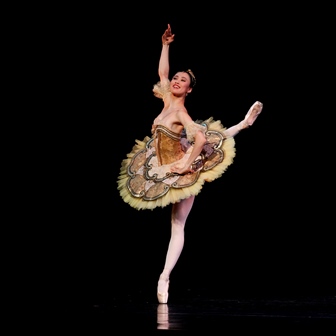
Then came La Sylphide with Leanne Stojmenov as the Sylph and Daniel Gaudiello as James, with choreography by Erik Bruhn after August Bournonville. Act I raced along and I enjoyed Gaudiello’s acting from the opening moments when, asleep in his armchair, a little dream-like smile kept hovering across his face as the Sylph danced around him. Stojmenov was a truly beautiful Sylph with an understanding of the needs of the Romantic style of movement. She seemed so light, so supernatural, so at home with the gentle tilt of the head and the forward-leaning style of movement we expect in the Romantic style. She has a beautifully coordinated body and it is quite fascinating to watch the relationship between legs, arms, upper body and head, each seeming to be separate actions yet at the same time part of an alluring whole.
Of course both Gaudiello and Stojmenov came into their own in Act II. Gaudiello’s beats were breathtaking as was his ability to perform with the ballon and apparent ease that characterises the Bournonville style. And Stojmenov continued with her Romantic and supernatural manner. Apart from the technical aspects of their performance, Stojmenov and Gaudiello also interacted so well that the story simply sped along, taking us with it. It was a perfect pairing for this ballet. The issues I felt when I saw the program live were mostly still there, but seemed no longer to matter, thanks to Stojmenov and Gaudiello. Bouquets to them both.
Colin Peasley as Madge and Andrew Wright as Gurn also gave strong performances and I enjoyed as well being backstage at the Sydney Opera House while the overture to La Sylphide was playing. I can’t wait to look again.
My reviews of previous performances are at these links: Melbourne; Sydney. I was also lucky enough to see the full-length Paquita as restaged by Pierre Lacotte for the Paris Opera Ballet but it was before I started this website and, unfortunately, I have no written record of the performance.
Michelle Potter 30 May 2020
Featured image: Daniel Gaudiello as James in La Sylphide, Act II. The Australian Ballet, 2013. Photo: © Jeff Busby

